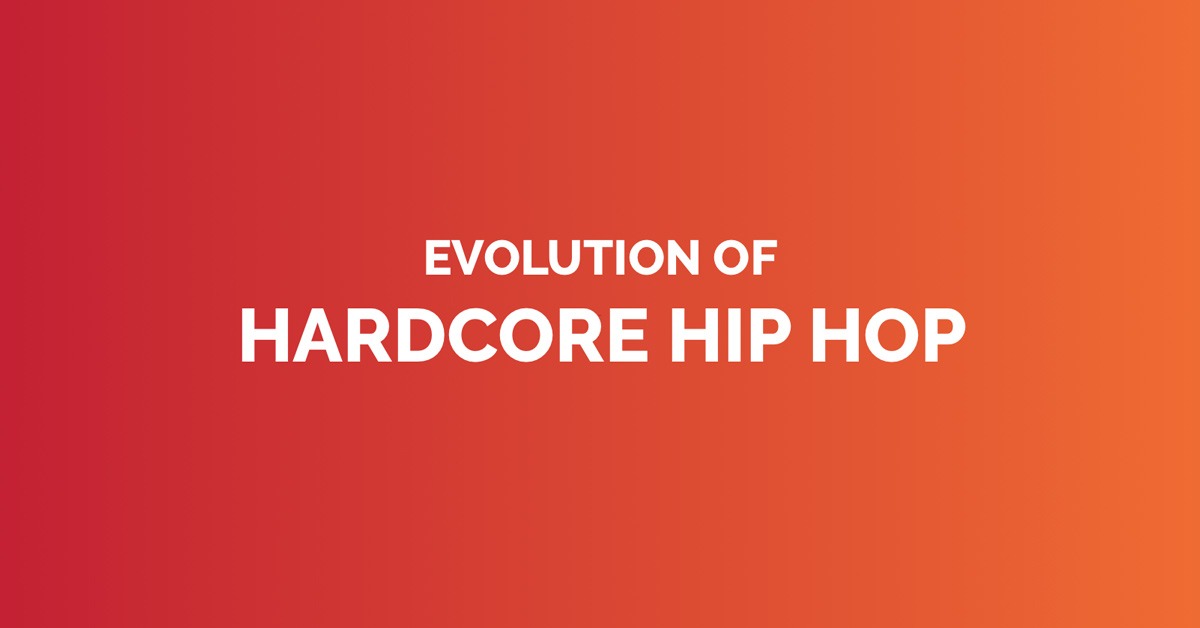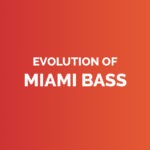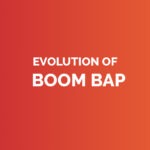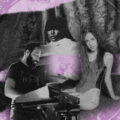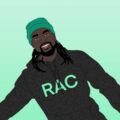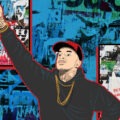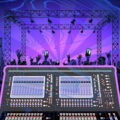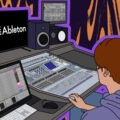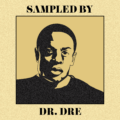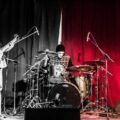History
By 1987, hip hop had made its way into the mainstream. Both Run-DMC and LL Cool J released albums that hit #3 on Billboard’s pop chart, and The Beastie Boys hit #1 with their first studio album, Licensed to Ill. While the music and lyrics of these charting tracks were far from family friendly, there was a definite disconnect between how hip hop was portraying the experiences of those living in the inner city, and what was actually happening in the streets. Not unlike the gangsta rap genre, the hardcore hip hop scene grew as a reaction to these downplayed portrayals. Hardcore rappers started delivering scathing critiques on everything that they saw as wrong in the world. White supremacy, inequality, politics, police brutality, and gang life were all explored throughout this extremely creative time in hip hop history, often referred to as hip hop’s ‘Golden Age.’
Influences
In the 1980s East Coast hip hop scene, black activism and social awareness collided with the simple boom bap rhythms of earlier hip hop, merging into a new sound that forefronted confrontation. Into the 1990s the genre evolved a more complex soundscape. Samples played an increasingly pivotal role in production, and rap lyricism and flow were valued over sung hooks or long instrumental breaks.
Sound
Though hardcore hip hop and gangsta rap are sometimes mistaken for one another, the two have some key sonic qualities that set them apart. Both early gangsta rap and hardcore rap relied on simple beats provided by drum machines and samplers, but hardcore rap leans towards arrangements that create tension versus grandeur. More often than not, minimal and repetitive samples help to create this tension, with far less room for upbeat jazzy stabs or excessive instrumentation. Forefronted vocals and sharp, aggressive lyricism are also a staple of the genre. While hardcore hip hop might rap about gang life, its range of topics can extend far beyond it.
RUN DMC – “Run’s House”
New York City, New York, 1988
Run-DMC affirm their dominance of the hip hop scene with “Run’s House”, staking their claim over a sound that touched millions of disenfranchised black Americans.
Public Enemy – “Fight The Power”
Long Island, New York, 1989
A truly influential protest movement will not only flip the script of a generation, but it will also create a message that transcends its own time. Public Enemy did all of this with one of the catchiest songs of the decade, “Fight The Power”.
Kool G Rap – “Ill Street Blues”
New York City, New York, 1992
Kool G Rap and DJ Polo bring a jazzy bravado to the dirty reality of street life in “Ill Street Blues”. Jazzy piano and horn section samples provide a real contrast to the hard-edged lyrics.
Ol’ Dirty Bastard – “Shimmy Shimmy Ya”
New York City, New York, 1995
Ol’ Dirty Bastard was one of Wu-Tang Clan’s most influential (even if lesser known) MCs. His rap-singing style was raw and unpolished, whipping up a frenetic energy on tracks like “Shimmy Shimmy Ya”. Ol’ Dirty Bastard inspired a generation of rappers to amp up their wild side on the mic rather than try and tame it.
Mobb Deep – “Hell On Earth (Front Lines)”
Long Island, New York, 1996
Mobb Deep didn’t achieve as high of a profle as Wu-Tang Clan or Public Enemy, but they were still a major part of the New York hardcore hip hop scene.
Onyx & DMX – “Shut ‘Em Down”
New York City, New York, 1998
Onyx and featured artist DMX reveal the gritty nature of the streets on “Shut ‘Em Down”, a track with aggressive vocals and intense, repetitive samples in the minor key.
